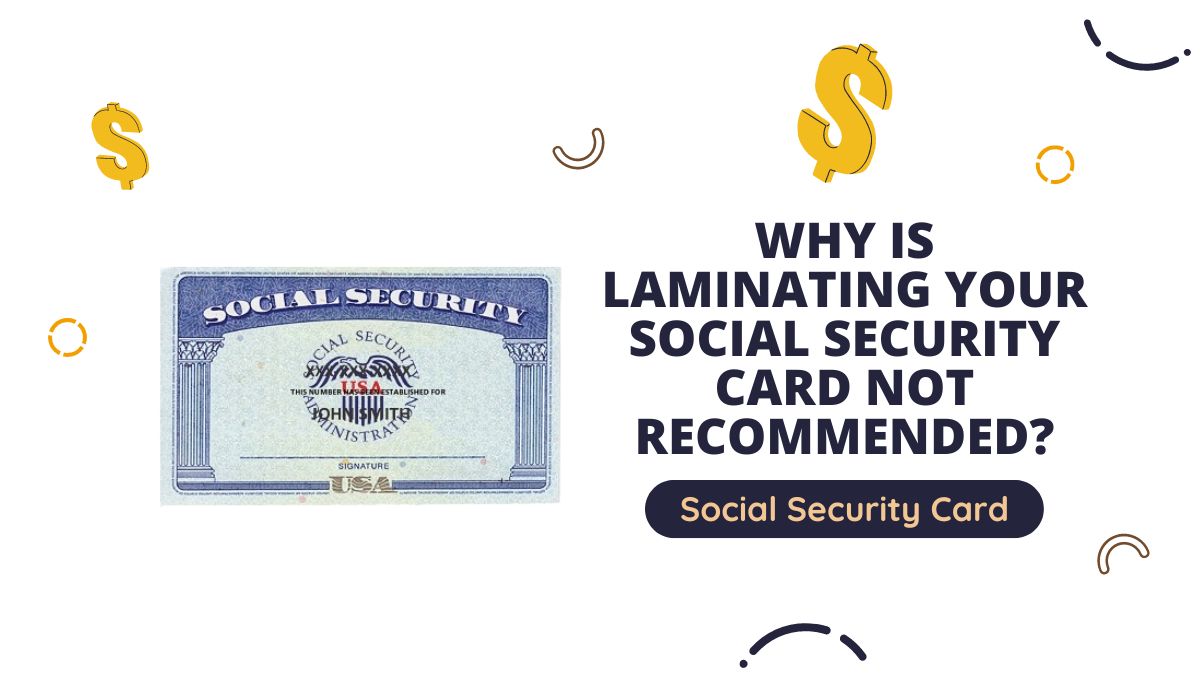The Social Security number (SSN) card is a vital document issued by the Social Security Administration (SSA), but it’s essential to know that it is not an identification document. The SSA emphasizes that your SSN card should be kept safe and only presented when absolutely necessary, such as when starting a new job. Here’s what you need to know about managing your SSN card responsibly.
Card Usage
The SSA advises individuals to keep their SSN card in a secure location rather than carrying it around regularly. Carrying your SSN card increases the risk of losing it or having it stolen, which could lead to identity theft. You should only show your SSN card when specifically required by a new employer or in other rare circumstances where it’s necessary to verify your SSN.
In terms of making copies, the SSA strongly recommends against this practice. Making copies of your SSN card can lead to unauthorized duplication and misuse. Therefore, keeping the original card safe and secure is the best way to protect your SSN.
Signing Your SSN Card
When you receive your SSN card, the SSA has clear guidelines on signing it. Adults are instructed to sign their card in ink immediately upon receipt. This helps validate the card as it indicates that the cardholder acknowledges the SSN assigned to them.
However, the rules differ for children. The SSA suggests that children should wait to sign their card until they are either 18 years old or start their first job, whichever comes first. This delay is recommended because the signature serves no practical purpose for young children and is not required for the card to remain valid.
It’s important to note that an unsigned card is still valid, particularly for infants or young children. In such cases, the card can be stored securely until it is needed, such as when the child begins employment.
Risks of Laminating
One significant aspect of SSN card management is the SSA’s policy on lamination. While it might seem practical to laminate your SSN card to protect it from damage, the SSA advises against this practice. The reason? Lamination can obscure the card’s built-in security features, which are crucial for verifying its authenticity and preventing fraud. These features are embedded in the card to help detect counterfeit cards and protect against identity theft.
The SSA takes this issue seriously and makes an effort to inform applicants about the risks associated with lamination. If a laminated card is presented for verification, the SSA cannot guarantee its validity due to the potential compromise of these security features.
Instead of laminating your SSN card, the SSA suggests using a removable protective covering, like a plastic sleeve. This method offers protection without interfering with the card’s security features, ensuring that it remains valid and secure.
Replacing
If you have already laminated your SSN card, the SSA does not typically recommend applying for a replacement solely due to lamination. However, if you do request a replacement card, the SSA will require you to return the laminated card before processing your new application. This step allows the SSA to verify the details of the original card and maintain accurate records.
Proper management of your SSN card is essential for safeguarding your personal information. By following the SSA’s guidelines on storage, signing, and avoiding lamination, you can protect your identity and ensure that your SSN card remains valid and secure.
FAQs
Is it necessary to carry my SSN card with me?
No, keep it stored safely and only present it when required.
When should my child sign their SSN card?
At age 18 or when they start their first job, whichever comes first.
Can I laminate my SSN card to protect it?
No, lamination can obscure security features and compromise the card’s validity.
What should I do if my SSN card is laminated?
The SSA suggests applying for a replacement if necessary and returning the laminated card.
How can I protect my SSN card without laminating it?
Use a removable plastic sleeve to safeguard your card without affecting its security features.
















